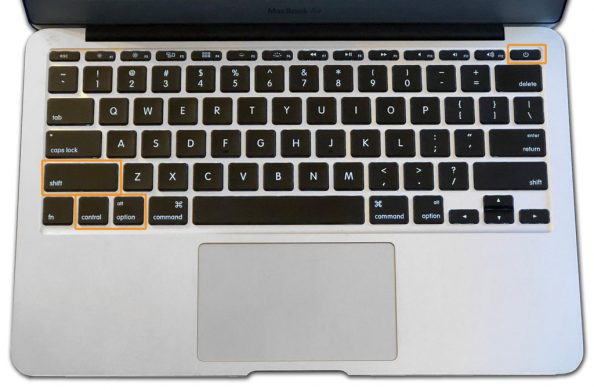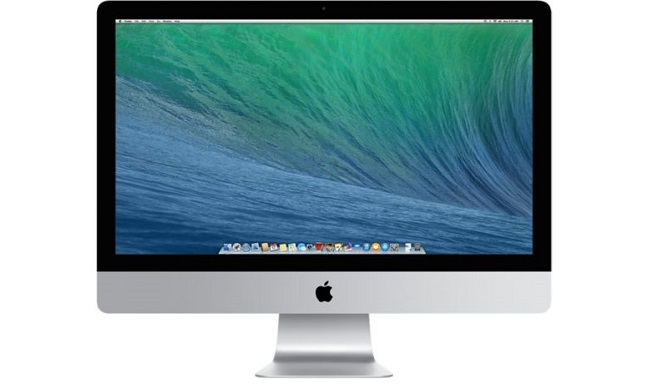If a Mac does not respond to its power button after you have checked its battery, connections and monitor, there might be a serious issue — but not always. In this case, the computer’s original failure to react when you pressed the power button was most likely a symptom of an issue with the System Management Controller (S.M.C.), a microcontroller on the computer’s logic board that handles various power, light and sensor functions for Macs with Intel processors.
Holding down the Shift, Control and Option keys while pressing down on the power button (or Touch ID button) for at least 10 seconds is a shortcut for resetting the S.M.C. on MacBooks with sealed batteries. If this was the case, the laptop starts up normally again when you press the power button again.

An S.M.C. reset may help if you notice things like the battery is not charging properly, the Mac does not recognize devices plugged into its USB-C port, the keyboard backlight is not working correctly or the sleep function is out of whack. Other symptoms include the computer fan’s running at high speed or the Mac’s acting sluggish, even if you are not using a lot of processor-hogging programs.

